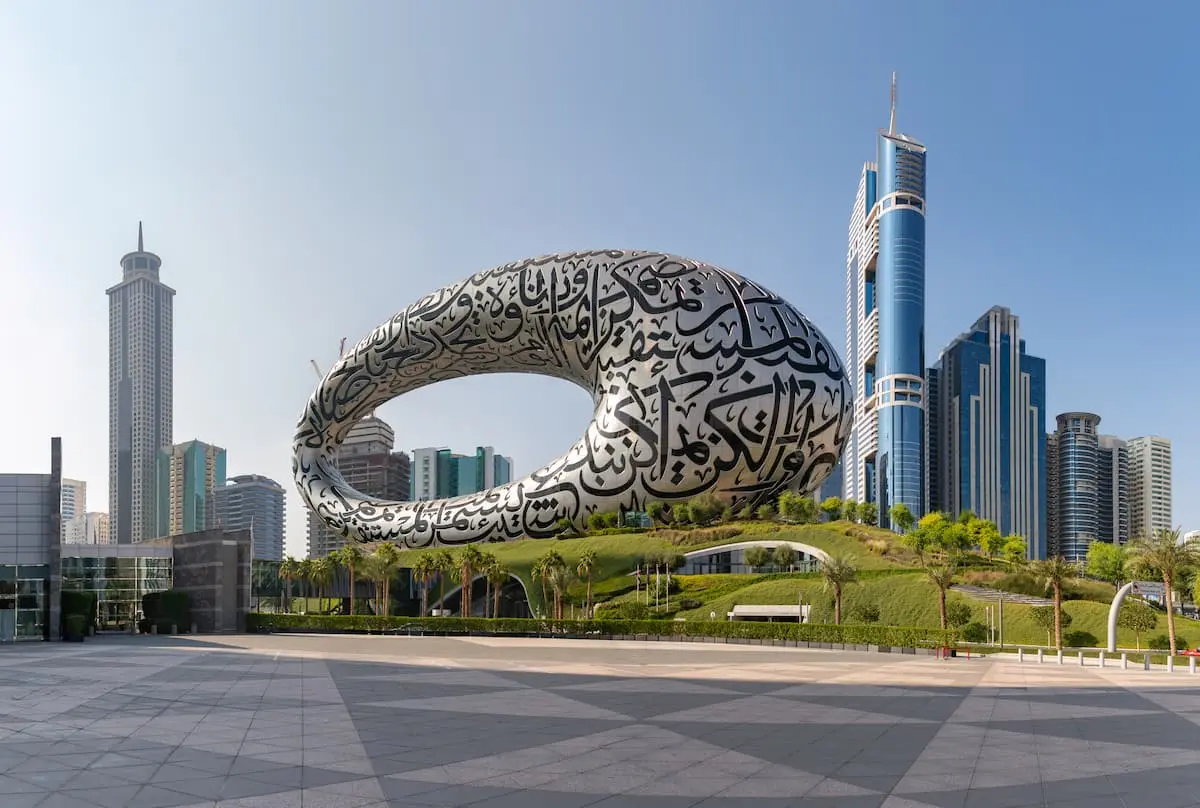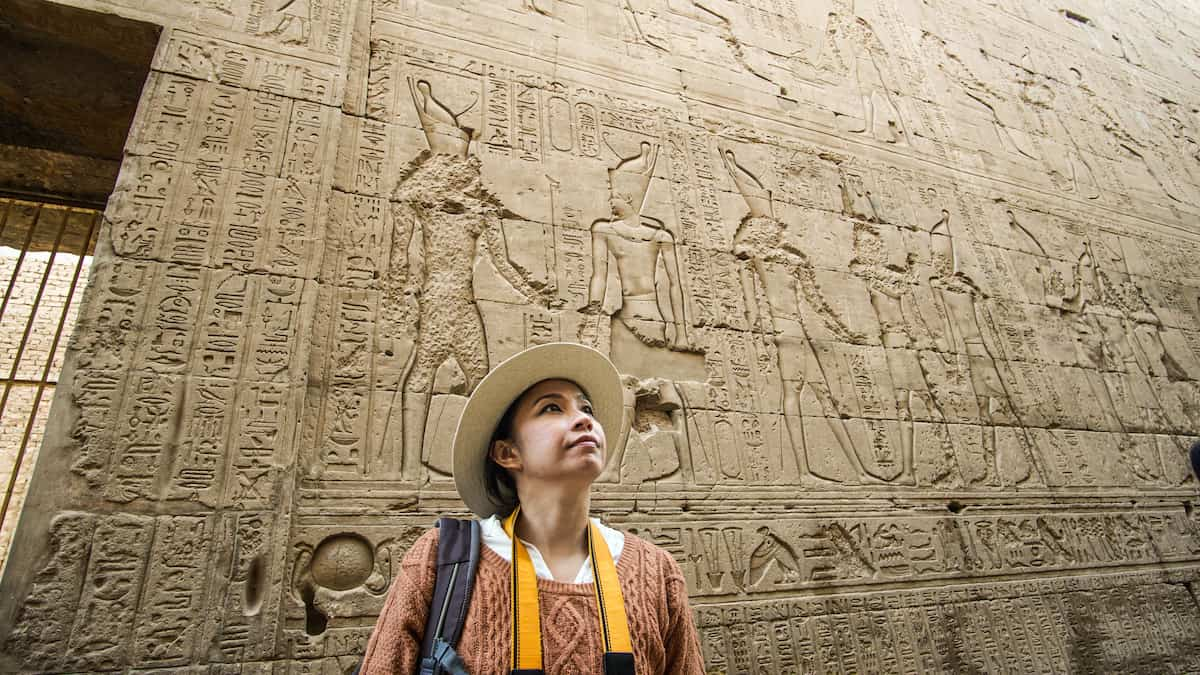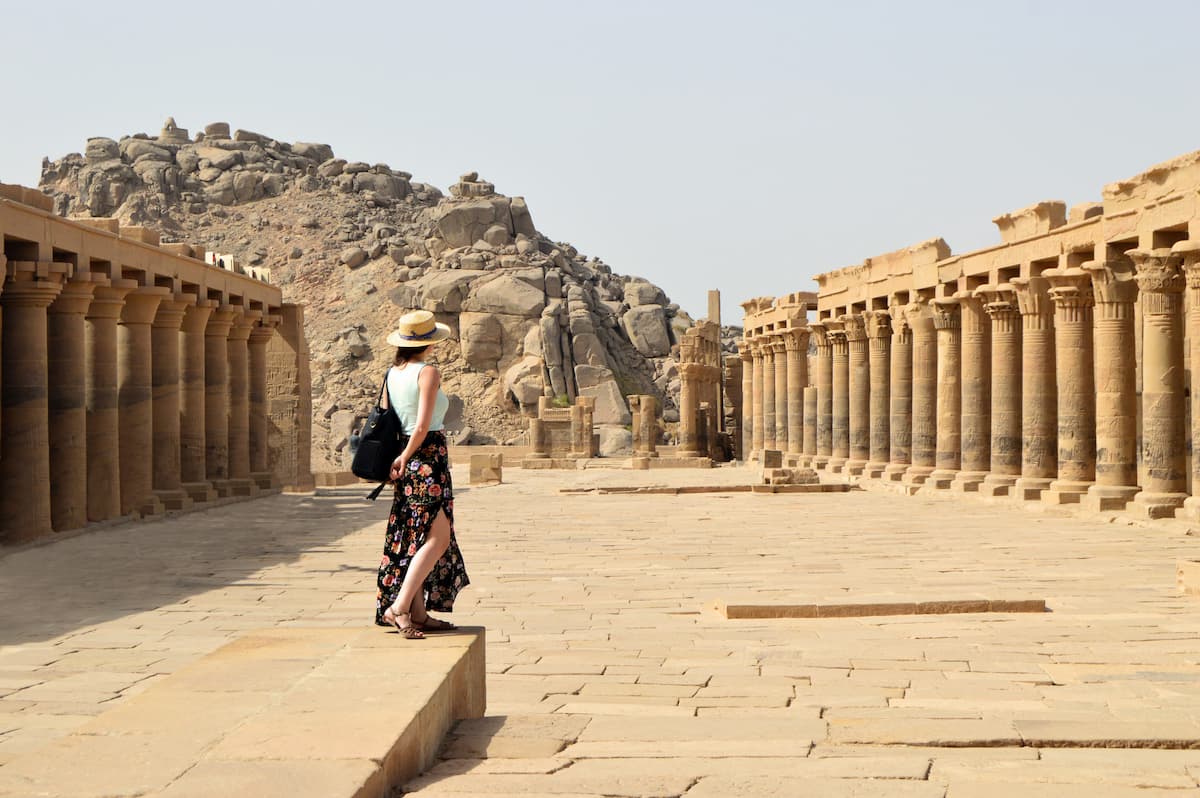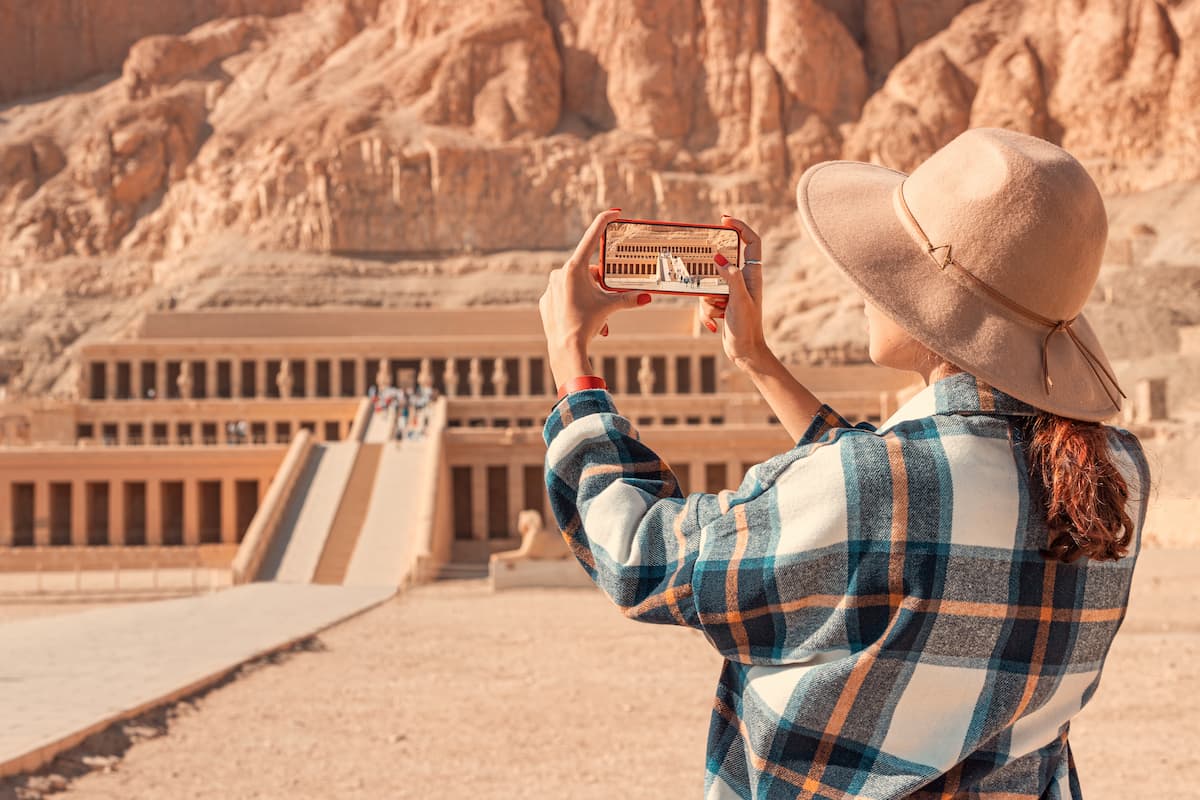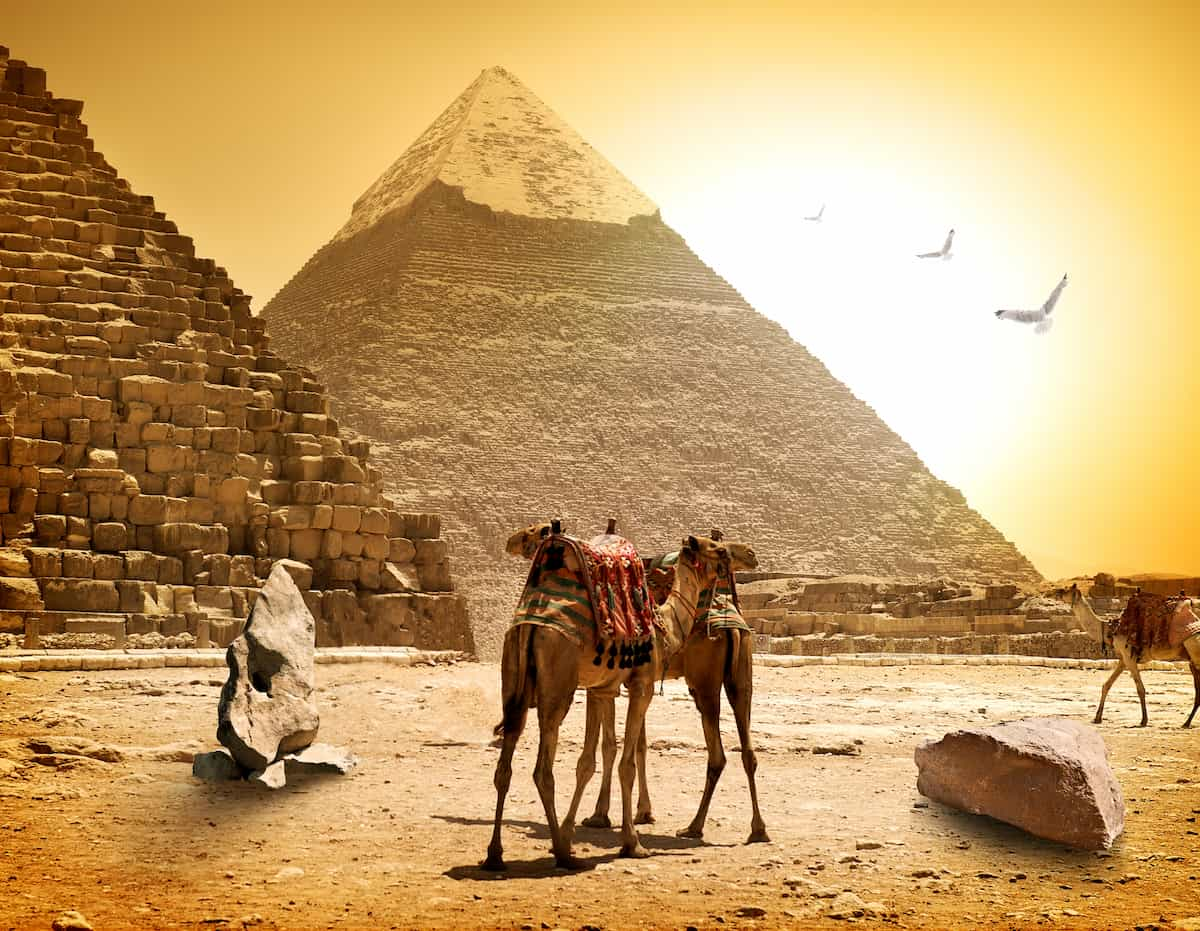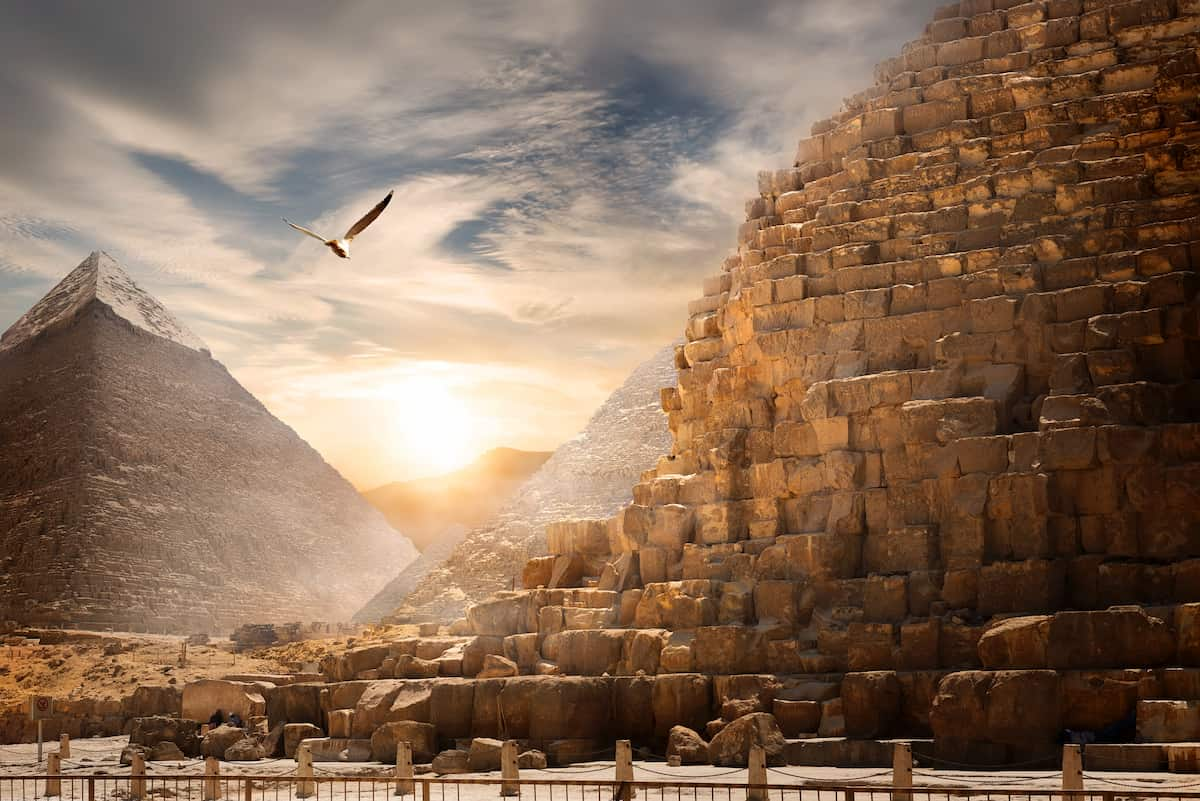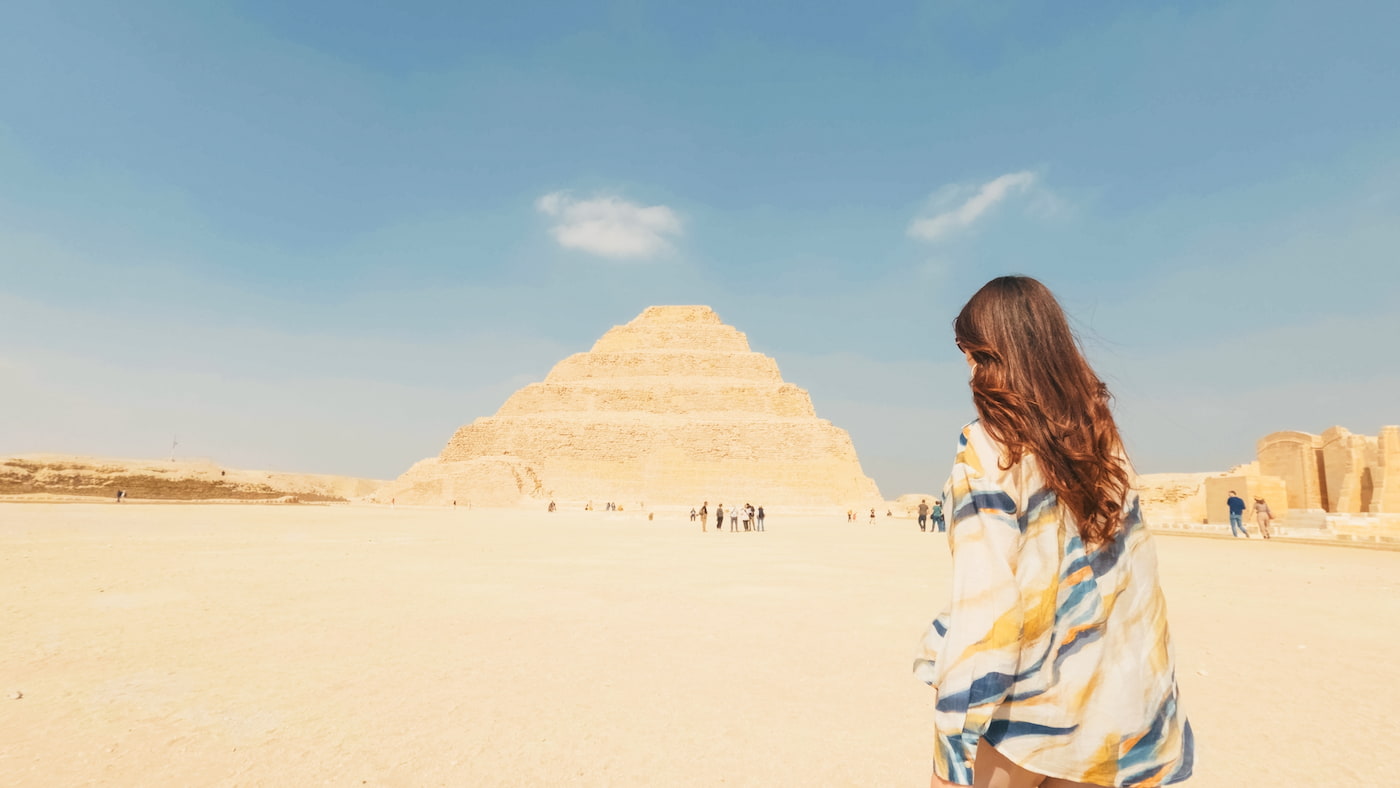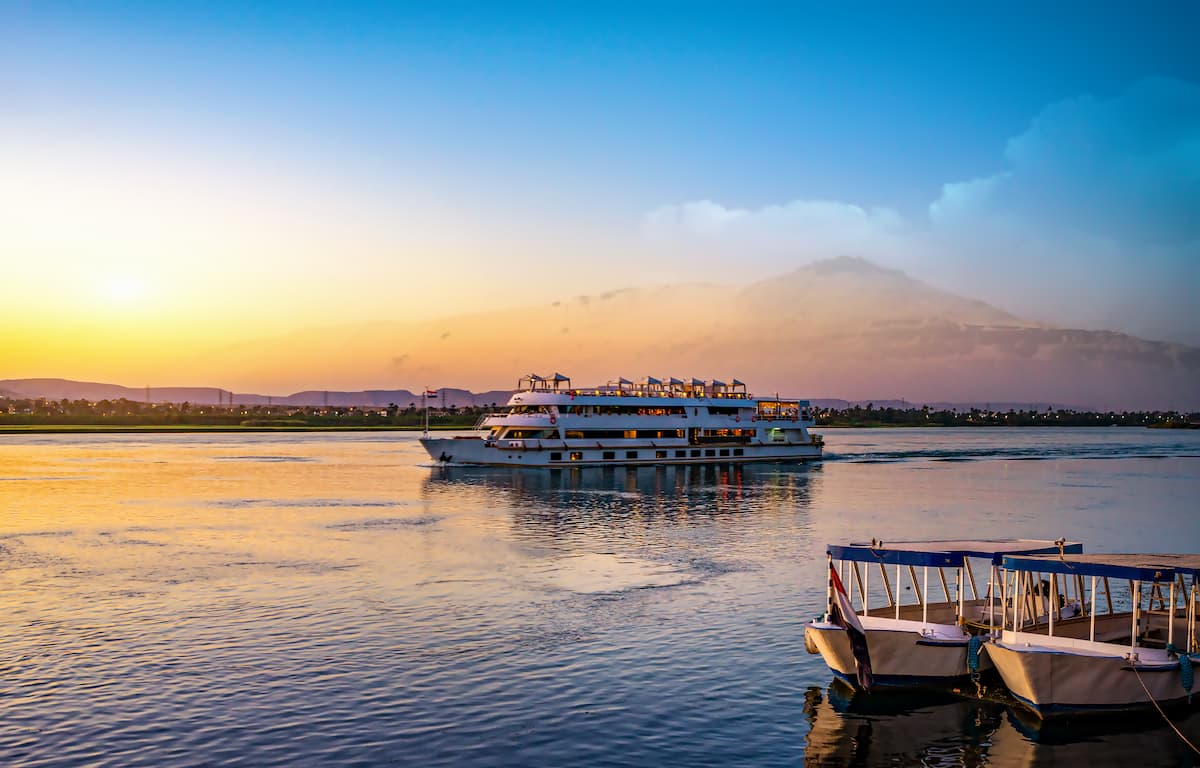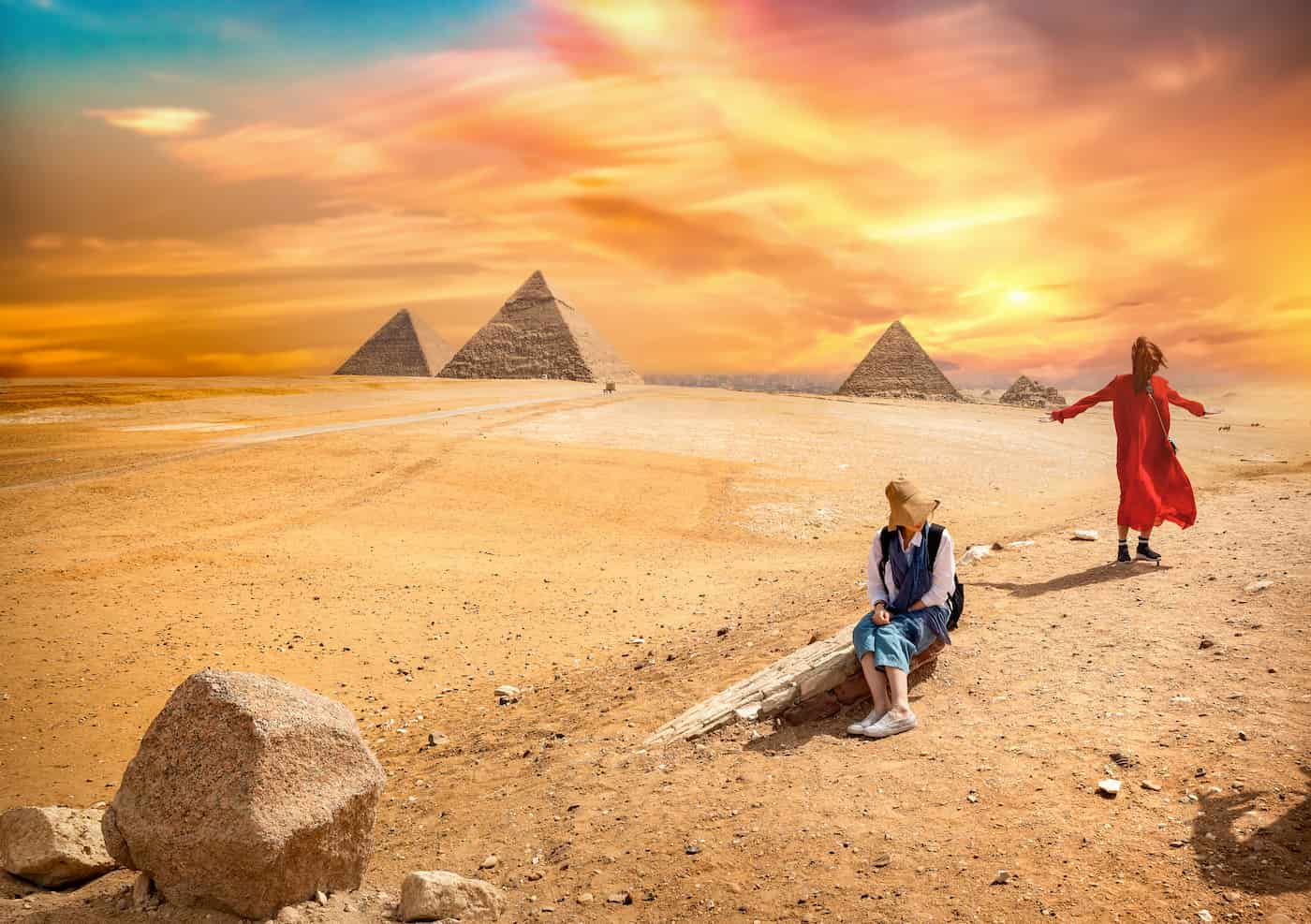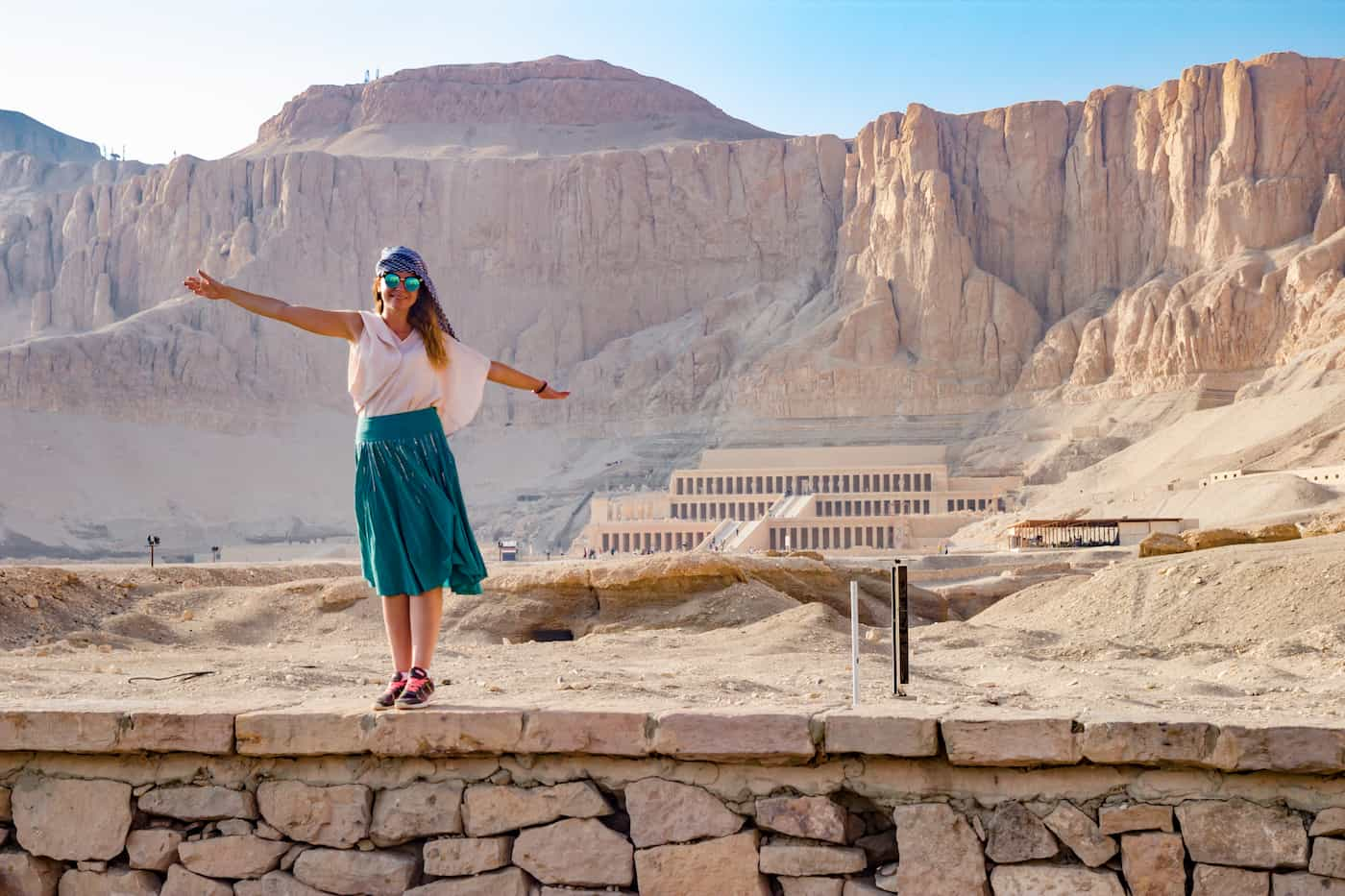Dubai Museum of the Future: Architecture, Exhibits, and Visitor Guide to the World’s Most Innovative Landmark
Dominating the city’s skyline, the Dubai Museum of the Future sits proudly on Sheikh Zayed Road, near the Emirates Towers. Particularly, the 21st century is one of the architectural and cultural wonders that no one ever thought of creating. Soon after 22nd February 2022 saw its gates open to the general public for the first time, the Museum succeeded in bridging the gap that separates it from the rest of the world, also through innovation that it shoulders on its own. This can be told by the four-story structure of the Dubai Museum of the Future, that adorned with the striking Arabic calligraphy and the torus-shaped building structure it holds. Quite frankly, nothing stops this brilliant architecture from being anything more than a mere building.
The Dubai Museum of the Future goes beyond the standards of a traditional museum and adopts progressive principles in defining the limits of art, science, and heritage. It features space studies, artificial intelligence, climate change, biotechnology, robotics exhibits, among others, that portray the future to come. Furthermore, numerous travel awards recognize it as one of the most impressive and advanced museum buildings ever made, linking and affirming Dubai’s willingness to shock and position science, technology, or sustainable development on the map.
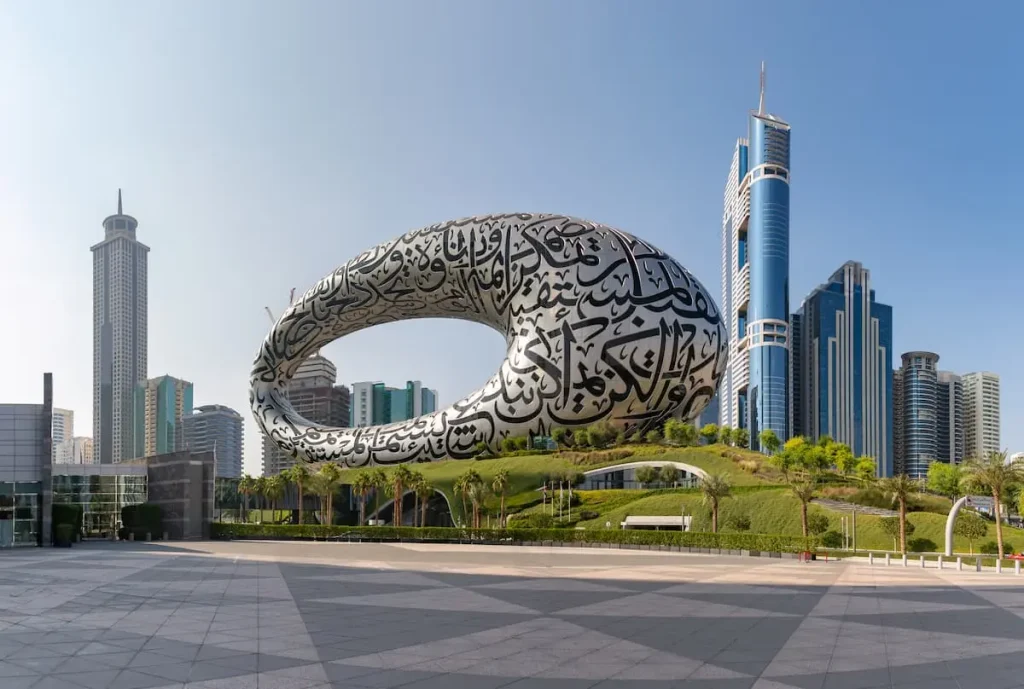
1. Vision Behind the Dubai Museum of the Future
The Dubai Museum of the Future, on its part, is out on a big idea that has been conceived, which is the concept of being a physical space reflecting how scientific research, inventions, and achievements can be just future-oriented. Instead of its tribute to the achievements of the past, the future museum is to demonstrate the promise of the yet unknown, transforming it into a socially relevant laboratory for advanced ideas, technologies, and problem-solving.
In applying this vision, the leadership of the emirate itself, through the Dubai Future Foundation, established in response to the need for technology, science, and social awareness, advances knowledge and skills while addressing futuristic challenges. Finally, and in the implementation of this vision, the most important work is carried out in the museum, which is a place where various people who develop new ideas and technologies for changing the future can meet.
This concept is in the very spirit of His Highness’s Vice President, Prime Minister, and Ruler of Dubai, Sheikh Mohammed bin Rashid Al Maktoum. He expected the museum to be dubbed as the best edifice on the entire planet and a platform of information that would enable human beings to think, fashion, and construct civilization. In accomplishing this endeavor, Dubai introduces itself to the world not merely as a city that represents the best of luxury and tourism but rather as a capital of innovation, sustainability, and human civilization.
2. Museum of the Future in Dubai location
The Museum of the Future in Dubai has an enviable location on Sheikh Zayed Road, one of the city’s key arteries. Additionally, the museum is situated in the Financial District and is neighbors with Emirates Towers. The museum is a landmark because of its torus shape and scratch Arabic calligraphy, which makes it impossible to overlook. Due to its fantastic central location, it is equally easy to access the museum by taxi, private car, bus, or metro.
For those working with public transport, the museum opens directly to the Emirates Towers Metro Station located on the Red Line through an air-conditioned pedestrian bridge, making a few minutes of walking all it takes to get in comfort. Stops to various other buses like 27, 29, and X22 are also in the vicinity, as well as bike and scooter parking for the more environmentally friendly travellers. Driving from Dubai International Airport takes approximately 12 minutes, as does travelling from Downtown Dubai, the area of Burj Khalifa, and the Dubai Mall. There is limited self-parking as well as valet parking on-site, with ample additional parking a stone’s throw away.
Because of this, the museum is more than a cultural landmark; the museum is a highly accessible destination, making it a convenient attraction for both tourists and residents alike.
3. What is Written on the Museum of the Future in Arabic
The Arabic calligraphy on the façade of the Dubai Museum of the Future is one of its most iconic features. The stainless-steel structure is engraved with three inspirational quotes from His Highness Sheikh Mohammed bin Rashid Al Maktoum, Ruler of Dubai, about the future, innovation, and knowledge.
Here are the exact quotes:
-
“The future belongs to those who can imagine it, design it, and execute it.”
-
“The future does not wait. The future can be designed and built today.”
-
“The secret of the renewal of life, the development of civilization, and the progress of humanity is in one word: innovation.”
These quotes symbolize the museum’s mission to inspire innovation and encourage people to shape the future rather than wait for it. The calligraphy itself was designed by Emirati artist Mattar bin Lahej, and at night, the illuminated script makes the building glow like a beacon of knowledge and imagination on Sheikh Zayed Road.
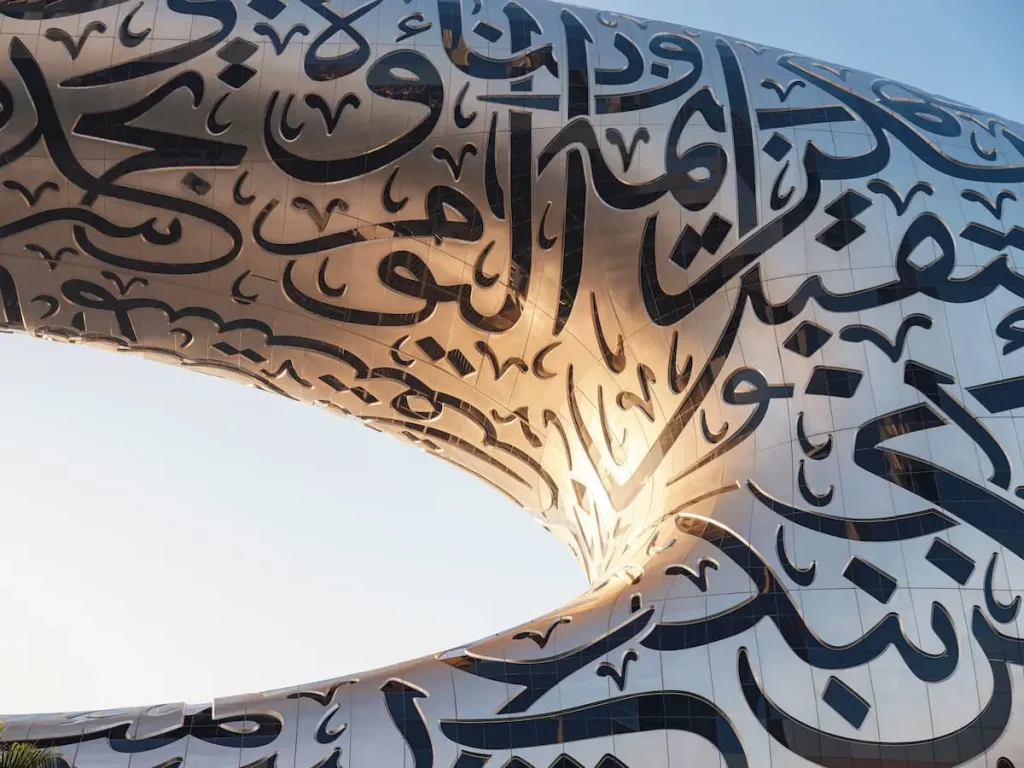
3. Architectural Design of the Dubai Museum of the Future
Dubai Museum of the Future is well-known for Dubai’s innovative museums and the groundbreaking design by Shaun Killa of Killa Design. Its structure is unique in that it is a torus-shaped ring, a hollow silver one, or a structure that resembles an eye unto the future. It is a symbol of innovation and imagination. The hollow center stands for the unknown, and the yet unknown is the knowledge and endless possibilities in store for humanity.
Arguably, its most attention-grabbing feature is the facade with Arabic calligraphy of visionary quotes of Sheikh Mohammed Bin Rashid Al Maktoum. The writings are not for display; they help a lot in functionality as they serve as windows that help light the museum through sunlight, blending both art and functionality. Calligraphy designed by Emirati artist Mattar bin Lahej helps in transforming the building into a cultural landmark as a masterpiece that glows, especially when it is lit at night.
The construction of the building shows Dubai’s innovative approach to sustainability. The complex shape was achieved through advanced parametric design and robotic construction, while the energy-efficient systems help in reducing the environmental impact.
The Museum of the Future is one of the landmarks recognized worldwide for its beauty and for Dubai’s innovative approach to construction, and is alongside other famous landmarks in the world. It symbolizes Dubai’s transformation into a centre of innovation and creativity.
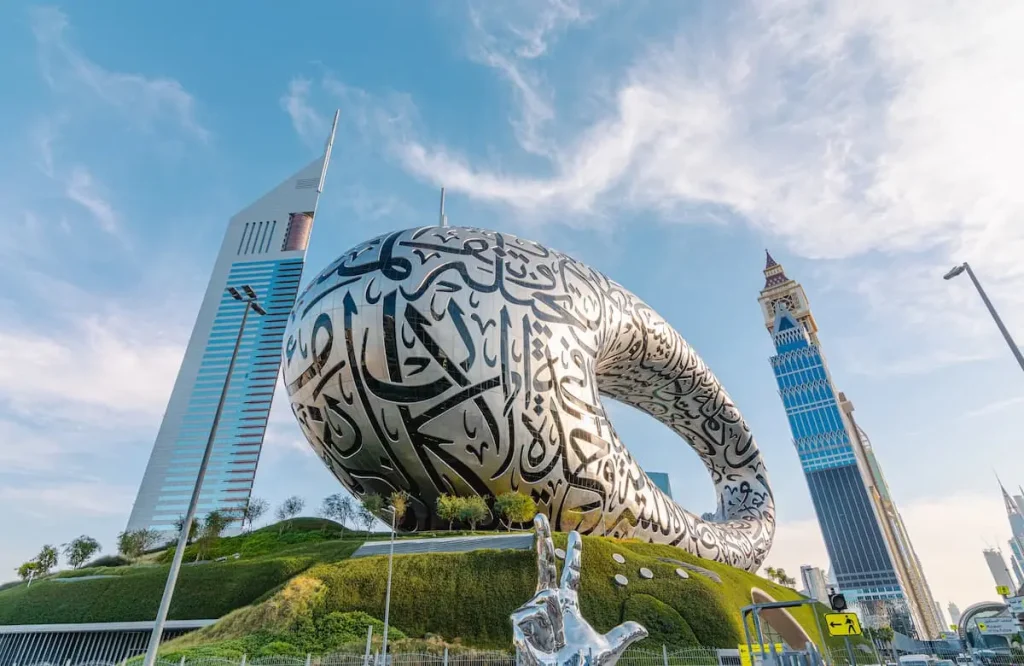
4. Exhibits and Themes at the Dubai Museum of the Future
The Dubai Museum of the Future heralds a new approach to museum visitations, by centring its worries not on the past but on the future of mankind. The museum’s objectives serve to artificially immerse the visitors into complex issues like AI, robotics, biotechnology, space, and even climate change and sustainability. Interacting with the technology and creativity of mankind to the fullest, the visitors are allowed to drench themselves in the imagination of what the future holds, unlike other museums that keep artefacts.
One of the most alluring themes pertains to the Future of Space Exploration, where visitors may imagine what life on space stations would be like, as well as the colonization of other planets. The Future of Wellness section features care for human health, mindfulness, and human potential, while the Future of Nature section focuses on nature, conservation with the aid of biotechnology, and innovation aimed at solving environmental and ecosystem problems.
These exhibits stand out because of their synthesis of technology and human values. Each display invites visitors to see advanced concepts and, even more, to ponder on their possibilities and impact on life enhancement and solving global problems. The Museum of the Future combines art, science, and morals in a very unique way that enables one to feel that they can help in developing a more intelligent, sustainable, and brighter future.
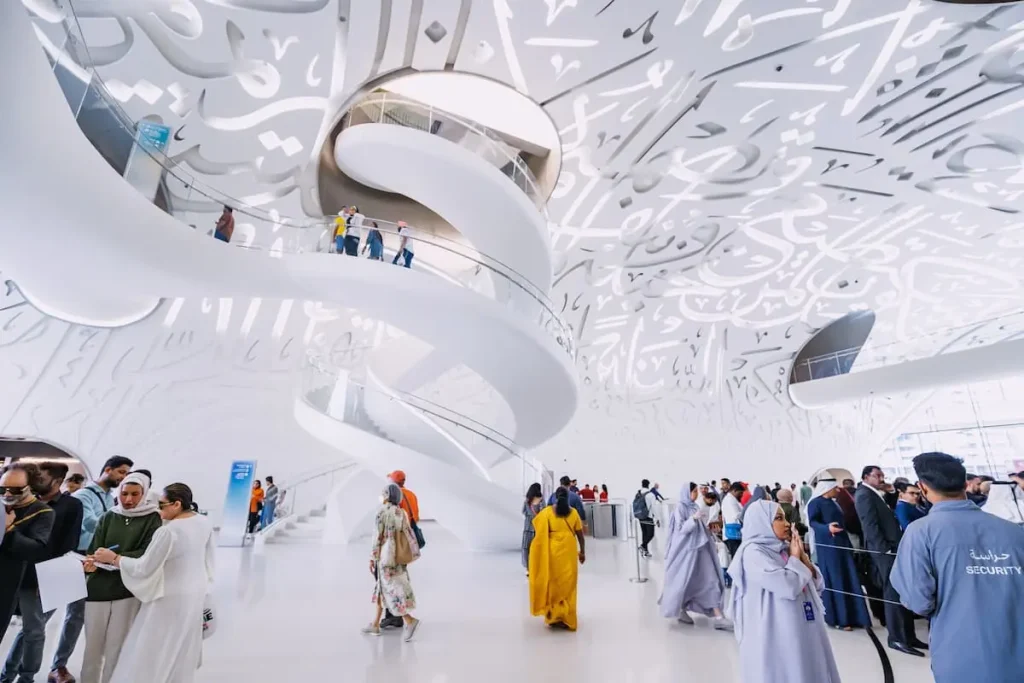
5. Visitor Experience at the Dubai Museum of the Future
When you take a trip to the Museum of the Future in Dubai, it is more than just being there. It is an activity where there are various zones and chapters to be visited in an organized manner. Every one of them will express an aspect of tomorrow that you will never know. For example, it will be possible to visit the section entitled The Future of Off-Planet. Thus, people will be able to continue exploring alien planets.
In addition to that, there is the Future of Health and Balance, and all of the concepts that people come up with. Science and technology in general and biotechnology in particular are presented in yet another zone, the Future of Land, where artificial intelligence and other technologies can be used to protect or improve soil condition and revive ecosystems. Every division is full of insight into the prospects that the forthcoming years would offer.
Interactive Learning and Family-Friendly Innovation at the Dubai Museum of the Future
Countless innovative tools are ideally incorporated in the presentation of exhibits in the museum, such as the good old virtual reality (VR), augmented reality (AR), and even AI (Artificial Intelligence). You can choose to walk through such hotties and control AI-things, examine and understand fake future apartments, and who’s to say what is not possible. Time spent in the museum turns out to be very fruitful in that sense, as children can easily grasp the complicated concepts, given the nature of the instruction, which is interactive.
In addition to the General public, it is important to remember that the Museum is very family and school-oriented. They specially constructed certain ‘learning zones’ so that children are able to be taught and be excited by science and technology using interactive and fun approaches. The Museum also serves as the reference source organizer of special events for the temporary preservation of the public, workshops, lectures conducted by world-famous inventors and innovators, and new thinkers, which make each session fascinating.
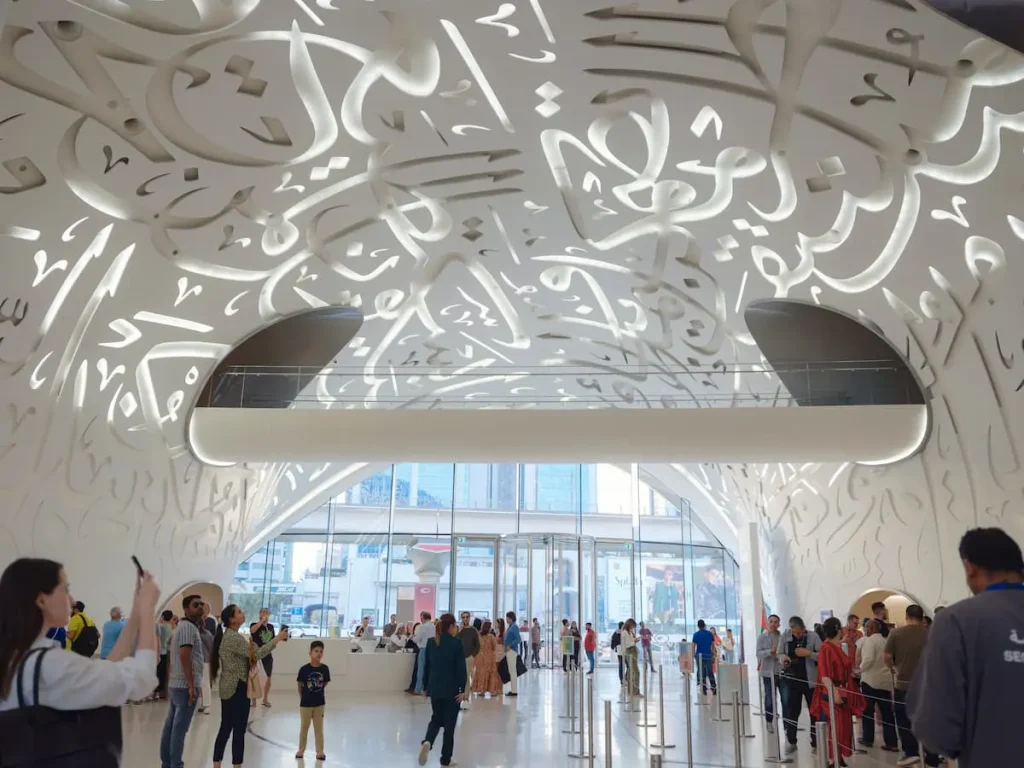
6. Innovation and Research at the Dubai Museum of the Future
The Future Museum of Dubai will further extend its curatorial reach beyond the conventions and landscape that is particular to a museum to connect and be an integral part of the worldwide collaborative, learn, and do, and no paper. As a living laboratory, it will become a basis for creative solutions to common problems along with scientists, entrepreneurs, inventors, and decision makers. Encouraging a combination of artistic freedom with the technological aspects of Dubai, as always, the museum helps in transforming great ideas into life.
In its essence lie numerous research and development entities easily accessible to aid corresponding studies concerning artificial intelligence, robotics, biotechnologies, sustainability, and aerospace. International conferences and workshops, along with hackathons to probe always current issues, gather the best minds of the world, and this is a regular practice at the museum. Not only does this increase the volume of conversation during the thematic rehearsal, but it also engenders concrete initiatives and associations, the impact of which is meant to modify the industries in question.
The Museum of the Future is a physical representation of Dubai’s intent to be a science and technology hub, the standing it aspires to put itself in. One of the museum’s objectives is to eliminate climate change, alleviate health problems, and improve the current technology of the world by encouraging people to come up it their talents and ideas in the form of startups or innovators. In this connection, such a center becomes a revolutionized one because it appreciates that the future is here and that it is not to be simply dreamed about but instead is to be created.
🌍 Discover Egypt & The United Arab Emirates
Journey through time in Egypt, exploring the timeless wonders of the pyramids, temples, and the Nile River.
Then fast forward to the future in the United Arab Emirates, with Dubai’s modern marvels like the
Museum of the Future and the world’s tallest skyscrapers.
This exclusive package blends history, culture, and innovation in one unforgettable adventure.
7. Global Significance of the Dubai Museum of the Future
The Dubai Museum of the Future is more than a sight to behold; it has turned into a worldwide emblem of creativity and development. With the world-class technological facilities present in this museum, it shows the high goals that Dubai sets for itself to ambitions, thanks to which the world, also in the fields of science, ecology, and social development, will be led by Dubai. Its location on Sheikh Zayed Road is a metaphor for the transformation of the UAE in the evolution of a modern global state.
The overall look and feel of the museum reflects the values of innovation and progression without completely alienating history. It merges more traditional elements through the beautiful Arabic calligraphy with the ultra-modern, sleek designs, making it an object of self-appreciation for Arabs and a vision they can share with the rest of the world.
Technology, Governance, and Research Perspectives: Linking the Museum of the Future with Arts Policy in Oman
As far as the technology aspect goes, the Museum of the Future can be viewed as a time machine or even a time-traveler for the future. It provides a peek into the era when AI, space exploration, and other technologies like robotics and biotechnology will be infused into every corner of the globe.
After that, the research question is clear in its place: what is the extent of neoliberal governance’s influence on the policy design of governance matters within the Arts sector in Oman, and how are policy responses of this sector to the neoliberal governance comparable to the theoretical frameworks developed in chapter 1 of this paper? The above research questions are fundamentally unpacked using the explanatory cross-sectional mixed method research design that employs a committed sampling method, and the researcher is a purposive participant of the sample of innovative arts institutions within the Sultanate of Oman.
The following study is further unwrapped through the parallel use of quantitative and qualitative methods of gathering data, while explanations further clarify the expected research outcomes, data collections, their analysis, and processes, as well as the constraints likely to be encountered within the participants. The non-profit sector is characterized by diversity in terms of the various interventions in service provision and also the specific objectives of the organizations that partake in the sector.
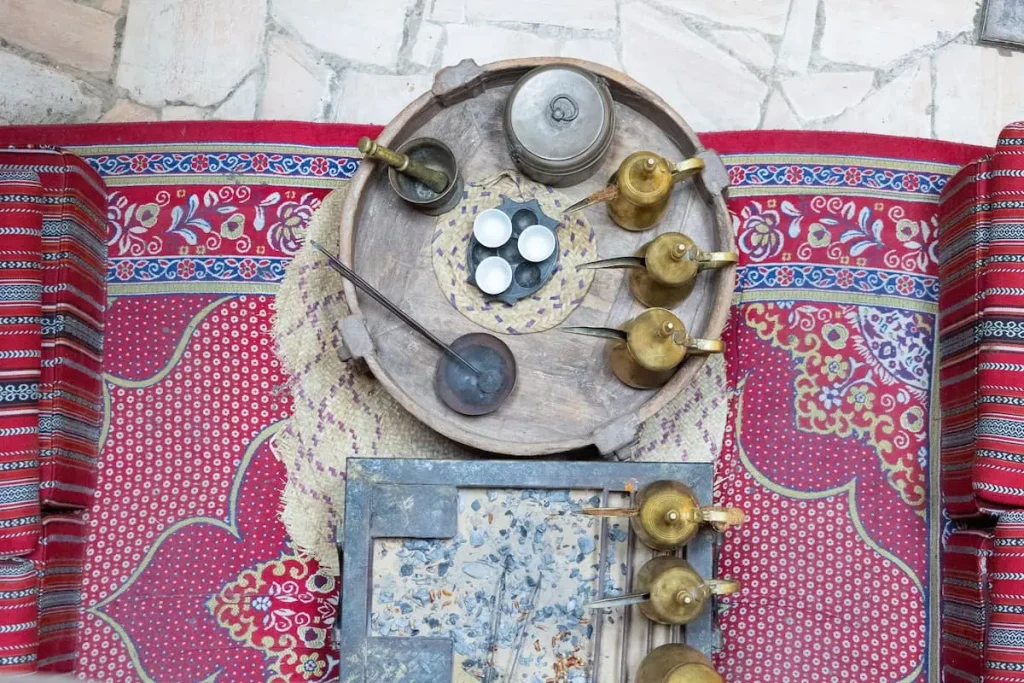
8. Visitor Information for the Dubai Museum of the Future
Positioned on Sheikh Zayed Road, the Museum in Dubai is also known as the Museum of Ideas in the Future, which makes it really close to Emirates Towers and thus easily accessible to tourists. The central location also implies that you will not need to travel a long distance between Dubai Airport and the museum, nor to downtown to Burj Khalifa and Dubai Mall. Also, it is possible to get there by subway; the Emirates Towers Station on the Red Line is the closest station to the museum, and you have to cross the suspension bridge to continue on foot.
As for the prices, admission to the Museum typically costs around AED 145 for adults, while individuals at the age of three or less, Emirati senior citizens, and people with disabilities, including one assistance companion, can gain access free of charge. The demand for the tickets is increasing, and there is hardly any space available at the last minute; therefore, one is urgently advised to log on to the museum website and have it pre-book.
Typically, the museum operates every day starting at 10:00 AM till 6:00 PM. However, best practice would be to confirm the timing before setting out. Other amenities available include valet and self-parking, wheelchair accessibility, play areas for kids, and several dining and shopping offerings. Tourists who are eager to explore this iconic landmark have the option of doing so either early or late in order to prevent the overcrowding that threatens to disrupt the peaceful sightseeing of over eight million visitors per year.
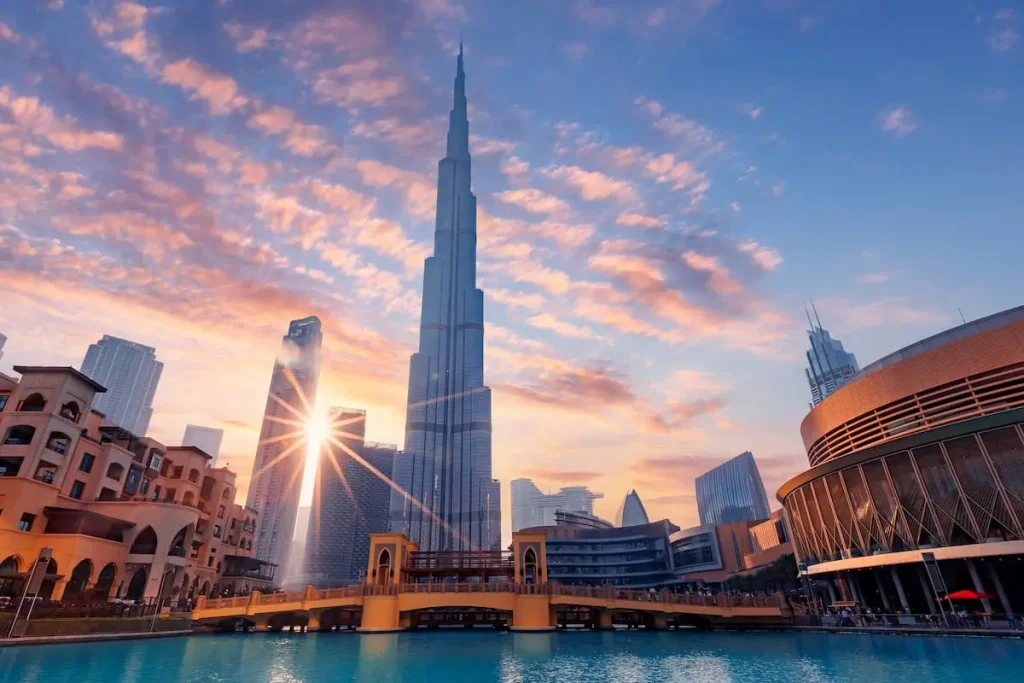
9. Awards and Recognition of the Dubai Museum of the Future
Opening its doors in 2022, the Dubai Museum of the Future hit the headlines as one of the boldest projects in the cultural and architectural spheres of the 21st century. This establishment succeeded in earning recognition as one of the most beautiful buildings and landmarks in the world because of its unique design and different innovative constituents. The National Geographic, for instance, placed the institution among the top 14 most awe-inspiring museums in the world even while it was still uncompleted describing it as bold in design and contextual in self-expression.
Basically, the museum has been built in an accomplishing way and has been praised for being the first of its kind with regards to its use of parametric design and robotic fabrication methods which allowed the company to complete their challenging structure of a tort. The structure, conceptualized and planned out by the principal architect of Killa Design Shaun Killa, also managed to obtain awards such as the Tekla Global BIM Awards 2017 due to its extensive integration of Building Information Modeling. Even the face of the structure with windows with Arabic calligraphy besides pretty commendations on how it looks has won praises for sustainable comfort that its form has animated.
It’s not just a building but a real object of pride for Dubai. Overcoming the last of “post-colonial complexes,” Zaha Hadid’s museum beautifully and ingeniously interprets the UAE’s history and culture, the only elements of the past it is challenged to dissolve in 21st-century global building culture.
10. Conclusion: Why the Dubai Museum of the Future is a Must-Visit
The Dubai Museum of the Future is a remarkable sight, but so much more than that. It is the plastic arts, the germ center of the city, the projection of Dubai’s bold mission in sculpting the future. Oh yes, it welcomes tourists from around the globe and offers scientific entertainment, but with the aim that it is the best in the world and in a quite different way. A blend of cultural, scientific, and technological achievements, it is difficult to find one in any other museum of this size. Even without the striking decor and intellectual appeal, society does insist on, that is present in this place.
Also, the Museum embraces the future without unnecessarily being preoccupied with the past, as is the case with what we generally refer to as a classic museum. It focuses on helping to make the world in the future the way most want it to be, provided we include all parties this generation and the unborn generation, in achieving this goal, especially in biotechnology, information technology, space technology, ecology, and sustainability. There is no such thing for those who step into the museum, families, innovative human resources, and research fellowship conducting society.
The museum is an emblem of the human spirit, growth, and the will to endure, rather than an ordinary structure. Its doors are always open, and everyone is encouraged to question what is possible and be optimistic about the future. Therefore, for any person who is moving to Dubai, the Museum of the Future will definitely disappoint with the vision of where things may go in the following years. Make plans for this place and witness the tomorrow of mankind.

